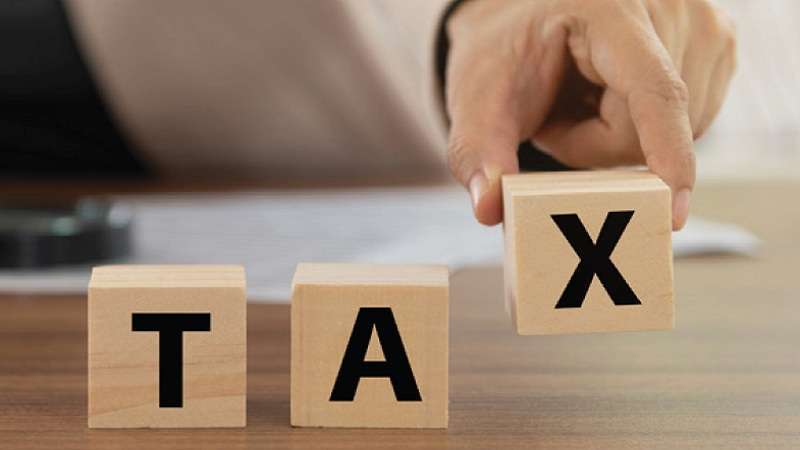India has reached a new milestone in its financial records this April by amassing an unprecedented $25.16 billion in Goods and Services Tax (GST) collections.
This significant achievement marks the highest GST revenue ever recorded since the implementation of the tax system in 2017.
The Finance Ministry, in a statement released on Wednesday, announced that the collection for April 2024 exhibited a robust 12.4 percent growth year-on-year. This increase was attributed to a notable rise in domestic transactions, which soared by 13.4 percent, alongside an 8.3 percent increase in tax collections from imports.
After adjustments for refunds, the net GST revenue for the month stood at approximately 1.92 trillion rupees ($23 billion), which itself represents a remarkable 15.5 percent increase compared to April 2023. “These figures are not just numbers but a testament to the growing strength and resilience of the Indian economy,” stated a senior official from the Finance Ministry.
The GST, which consolidated dozens of central and state taxes into a single tax product in July 2017, was designed to simplify tax compliance, eliminate cascading taxes, and boost government revenues. The record collection in April 2024 highlights the effectiveness of various measures implemented by the government to enhance compliance and widen the tax base.
The Finance Ministry also noted that for the first time, GST collections crossed the significant threshold of 2 trillion rupees ($23.9 billion). “Crossing the 2 trillion rupee mark is not just a statistical achievement but a symbol of the economic activities returning to pre-pandemic levels and even surpassing them,” added the ministry spokesperson.
The Indian government has implemented several initiatives aimed at improving GST compliance. These include simplification of the filing process, stricter enforcement of compliance measures, enhanced use of technology to capture tax evaders, and continual revision of GST rates to make the structure more logical and business-friendly.
This fiscal achievement comes at a crucial time as India looks to stabilize its economy following the global disruptions caused by the COVID-19 pandemic. The increased revenue from GST is expected to provide the government with more flexibility in funding its various developmental and welfare programs.
As the government continues to refine the GST framework, stakeholders from various sectors remain optimistic that the trajectory of tax collections will sustain its upward trend, reflecting the broader economic vitality of the nation. This development could play a pivotal role in shaping India’s fiscal policies and economic strategies in the coming years.
